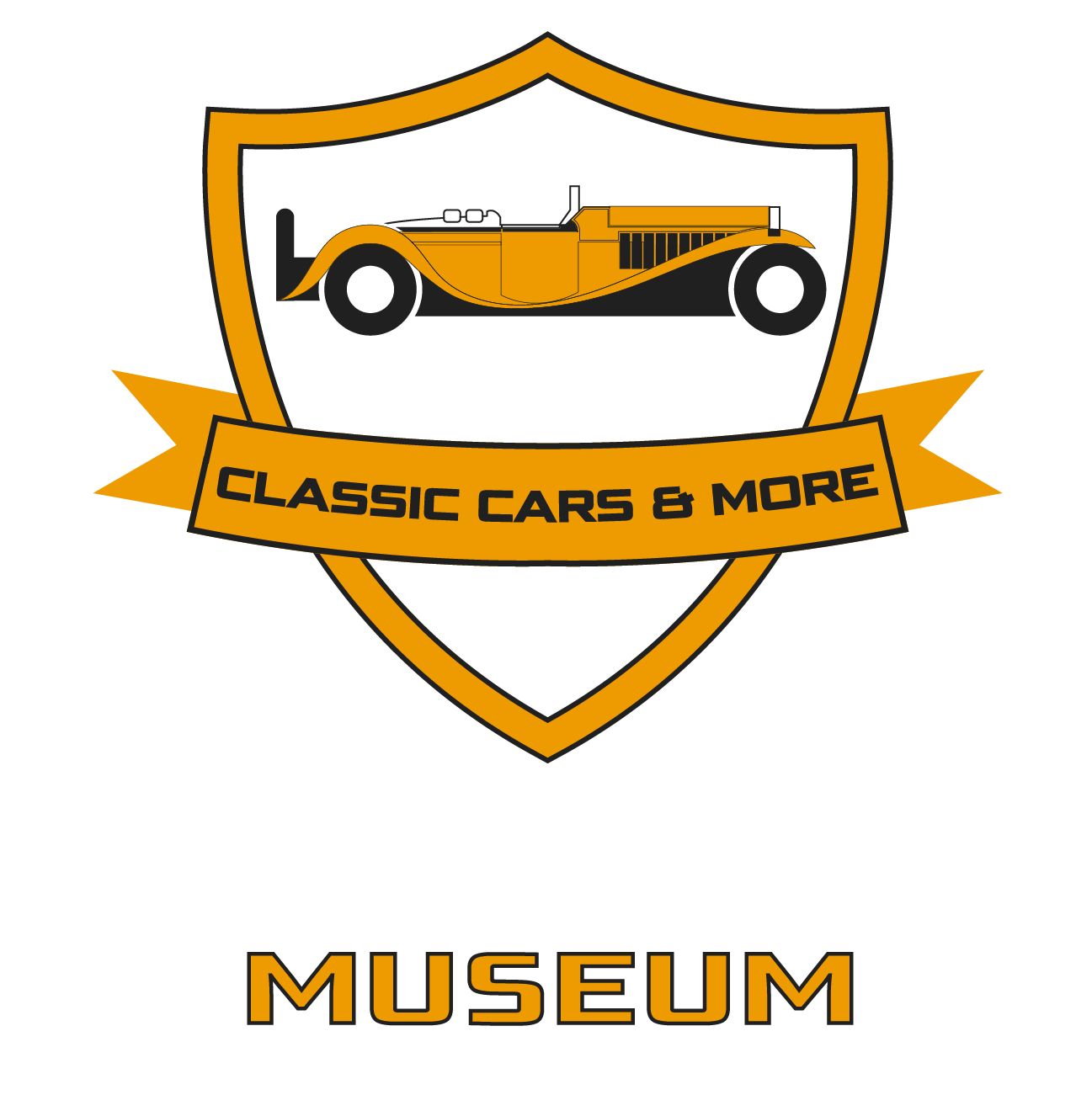365 DAILY NEWSLETTER
CITROËN 2CV "The Duck"
The Citroën 2CV (French: deux chevaux, meaning “two taxable horsepower”) is an economy car produced by the French company Citroën between 1948 and 1990. The 2CV was first presented at the 1948 Paris Mondial de l’Automobile. This small car had a rear-wheel drive, front-mounted, air-cooled engine.
Citroën CEO Pierre Boulanger presented the 2CV as an umbrella on four wheels. This was a reference not only to the fact that it is a really cheap car to buy, but also to the fact that it has an infinitely simple technology. Launched at the 1948 Paris Motor Show, the Duck’s main mission was to make post-WWII France mobile.
The Citroën 2CV was originally designed to help the many farmers still using horses and carts in 1930s France. The 2CV combines innovative engineering with a clean, useful body shape. Cost of ownership was low, maintenance was simple and the original engine was easy to service. Thanks to its long suspension, the 2CV was able to cross a freshly ploughed field without breaking eggs on the driver’s seat. For this reason, it is still considered a legendarily comfortable car.
The fixed-profile convertible body had a full-width retractable sunroof that could carry oversized loads. Michelin introduced and marketed the revolutionary new radial tyres with the launch of the 2CV. The 2CV platform spawned a number of variants and cars of this type are collectively known as the A-series.
The Citroën 2CV, popularly known as the ‘duck’, also appeared in James Bond films. One of the most memorable moments occurs in the film “For Your Eyes Only”. After Bond’s Lotus Esprit Turbo catches fire, he hops into the yellow Citroën 2CV alongside Melina Havelock and flees up winding mountain roads to escape Hector Gonzalez’s men, who are chasing him in two Peugeot 504 sedans. Bond eventually takes the lead, and in a thrilling chase, the car speeds through olive groves, crosses the road, jumps over a pursuing Peugeot and lands on the roof of the car. Originally designed in 1939, the 2CV has become an integral part of French life. According to the film’s director John Glen, it was a “wonderful little car” used by French farmers in the fields. The 2CV was powered by a 602 cc flat twin cylinder engine that produced around 33 horsepower.
The main heat car used in the film had a larger 1.1-litre engine, taken from the Citroën GS. Several 2CVs were used during the filming of the movie, and at least four survived the shoot, while at least two were certainly scrapped after the production was completed.
Subscribe to our newsletter
Provide your e-mail address and click the button below to receive special deals and premium offers




